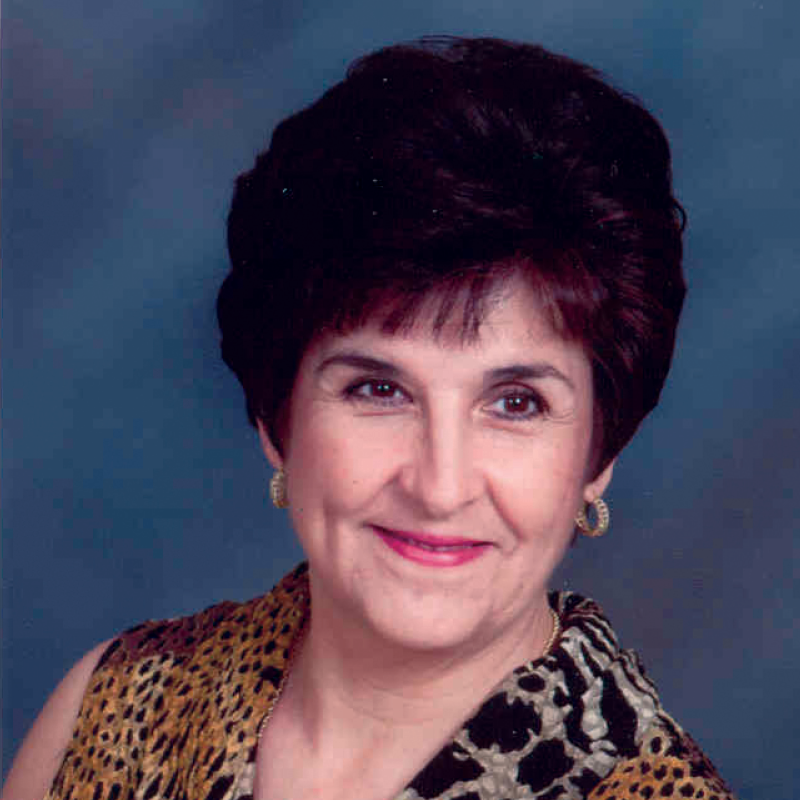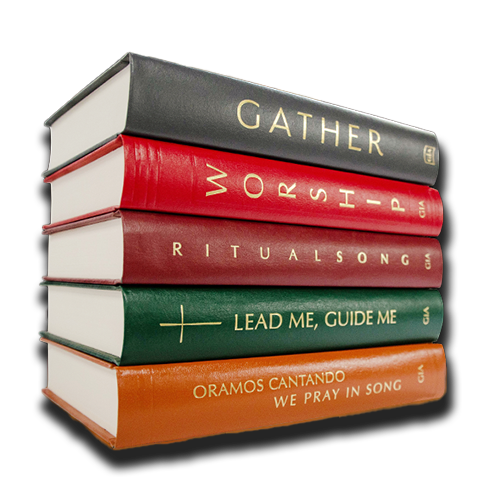Originally published in Volume 34, Issue 2 of the GIA Quarterly in the Hispanic Music Masterclass column.
Hymnal as Textbook
Dolores Martinez
I remember many, many moons ago having attended a music workshop in a parish in a coastal city in Texas. The content of the workshop intrigued me: the hymnal as textbook. This was in the days when the Worship II hymnal was very much in use throughout the country. That particular clinician demonstrated how he used the hymnal to teach students in the parish’s Catholic school. He used it for theory instruction, where he found hymns in various meters and, within those, a great variety of rhythmic combinations.
He taught keys and key signatures, major keys and minor keys. He taught strophic hymns as well as chant. He taught the beauty of hymn texts and hymn tunes as well as hymn meters. Those were some very well-rounded students. He also spoke about how the students sang at weekday school Masses the hymns they would also be hearing and singing with their parents and other adults at Sunday liturgy.
Learning by doing and being
Having been the product of a Catholic school education, I also remember our music classes in elementary school where I learned Gregorian chant as well as hymns from the then small, white People’s Mass Book. Learning to sing in Latin was exciting for me as it was my entrée into learning multiple foreign languages, having grown up speaking both English and Spanish at home. What I learned at school (private school, not associated with my parish) also helped me sing at church on Sundays, where I knew all the parts of Mass from memory, as well as the Salve Regina and other chant-like melodies.
Some of the advantages of using a hymnal in music class in school include that the hymnal:
1) is seen as having importance and permanence in the faith life of the parish;
2) has, in addition to the music itself, texts to be used as prayer, as poetry, as Scripture study tool;
3) connects the classroom to the Sanctuary where the community worships;
4) presents the liturgical seasons in a way that can be understood in the context of what we sing; and
5) exposes students to composers from many different countries and can form the basis for music research using the copyright information at the bottom of each piece.
It is also a source for hymn tones and hymn meters. Students can study about different countries as they explore the country of origin of the different pieces.
GIA Publications, as the distributor of World Library Publications’ body of works, offers two books, one in English, Sight Sing a New Song: A Workbook for Music Reading Basics by Jennifer Kerr Breedlove, and its companion book in Spanish, Aprende a Leer Música: Un Método Básico para Cantantes.
These two books are wonderful method books for your choir members or school students who don’t yet read music or who need to brush up on their music theory skills. These can be supplemented by the repertoire found in any hymnal. If you teach in a parochial Catholic school, it would be wonderful to help students make a connection between what they learn in school and the way they celebrate on the weekends. A great variety of styles can be employed.
How to get started
I would start with pieces that have easier rhythmic construction without a lot of syncopation. These would have to be learned by rote to be learned quickly, but in terms of music theory, they might be a bit more difficult to analyze to execute correctly until the students’ music study were more advanced.
Take some Easter hymns available in two hymnals, for example. In the Oramos Cantando/We Pray in Songhymnal, we find the following: 430, “Aleluya, El Señor Resucitó,” in A major, full of sixteenth notes and eighth notes in 2/4 time; 431, “Cantemos un Himno Nuevo,” in F major, with quarter and eighth notes in 3/4 time; 432, “Resucitó,” in G minor, which includes an accidental and tied notes over the barline, in common time; 433, “Now the Green Blade Rises,” a modal piece; 434, “I Know That My Redeemer Lives,” in D major, easy rhythmic construction with quarter and half notes; 435, “Alleluia No. 1,” in E Major and 3/4 time, rhythmically easy; 436, “¡Aleluya! Cristo Resucitó” in B minor, which is rhythmically exciting with Dominican Republic construction; 437, “El Peregrino de Emaús,” with a key change from C minor to C major for the refrain, in 2/4 time, with a sixteenth and eighth note construction; 439, “Jesus Christ Is Risen Today,” in C major, with common time and easy quarter- and eighth-note construction, but challenging because of its range; 441, “O Sons and Daughters,” chant style, in F minor; 444, “Regina Caeli,” in F major, also in chant style; and 447, “Cristo Jesús Resucitó,” in D major, but in 3/2 time.
In the Gather IV hymnal, we find the following: 559, “Easter Alleluia,” in 6/8 time, originally in chant mode II (see 566 to see the same melody in a chant style writing, and in a different key signature); 568, “Surrexit Christus” is presented chorally, in common time with easy rhythmic construction, so students can learn bass clef in addition to treble; another presented chorally is 573, “We Walk His Way”/“Ewe Thina” from South Africa, in F major and common time, with a melody line above the choral background; 578, “Christ the Lord Is Risen!” presented chorally, with syncopated rhythms, from Ghana; and 580, “Christ Has Arisen, Alleluia”/“Mfurahini, Haleluya,” in F major, very easy quarter-note construction, from the Swahili language (Kenya, Tanzania, Mozambique).
If we take seriously the idea that we have to provide serious music study for our Catholic school students from an early age, we will be able to inspire them to join the music ministry of the parish and have beautiful choral music with young, strong voices. We might also inspire them to go further and study sacred music to become the music directors of tomorrow.

Dolores Martinez writes the Hispanic Music Master Class feature of the GIA Quarterly. Recently, she has served as director of music ministries at St. Mark the Evangelist in San Antonio, Texas. She also served on the editorial committee for the hymnal Oramos Cantando, published by GIA.







